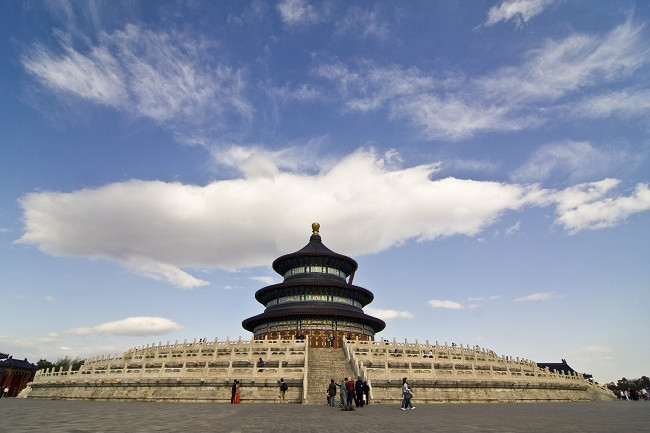They particularly singled out the demolition of hutong;
他们单独描述了胡同的破坏
rambling narrow lanes lined with intimate multi-family courtyard homes with tile roofs
蜿蜒的窄巷子边排列着几家分住的四合院屋顶上铺着瓦
Of 7000 hutong in 1949, there were 4000 in the 1980s and since then 600 have disappeared annually
1949年北京有7000条胡同,到了80年代剩下4000条,而且在那之后,每年都有600条消失不见
Sighed writer Lao Shi whom they site: "Beijing is now indeed a concrete forest"
他们引用了作家老舍的话"北京现在真是个水泥森林"
Cultural studies scholar Adam Chau believes that for the Chinese parties state, demolition is really a celebration of modernity and modernization;
文化研究学者周越认为,对于这样一个一党执政的国家,拆除工作其实是对现代和现代化的一种庆祝
a carnival of bulldozers, sledgehammers, pickaxes, pneumatic hammers, wrecking balls, explosives, cranes,
是一个嘉年华,参加的有推土机,锤子,鹤嘴锄,气锤,破碎球,炸药,吊车

clumps of bricks and mortar, half standing walls, abandoned furniture and mounds of rubble
砖头和灰泥块,半立的墙,还有被丢掉的家具,和成堆的碎石
Chau judges official corruption to be legion in connection with urban renewal
周先生评判说,官员腐败和城市更新有莫大的关联
as developers bribe officials in order to purchase development rights in the choicest districts
开放商贿赂官员,为的是能抢占最佳地段的开发权
while protests by homeowners and renters were but "feeble and pathetic attempts of resistance that amounted to nothing but empty signs."
然而房主和租客的抗议仅仅是"微弱和可悲的对抵抗的尝试,效果仅止于空洞的标语"
Even though public outrage at the destruction of precious heritage buildings and neighborhoods has mounted over time,
尽管公众的愤怒,对破坏珍贵遗产建筑以及文化遗产街区的行为的公愤日益增长
Beijing residents have acquiesced to what they see as the inevitability of change and progress
但是北京居民已经默许,认为这是变化和发展不得不经历过程












